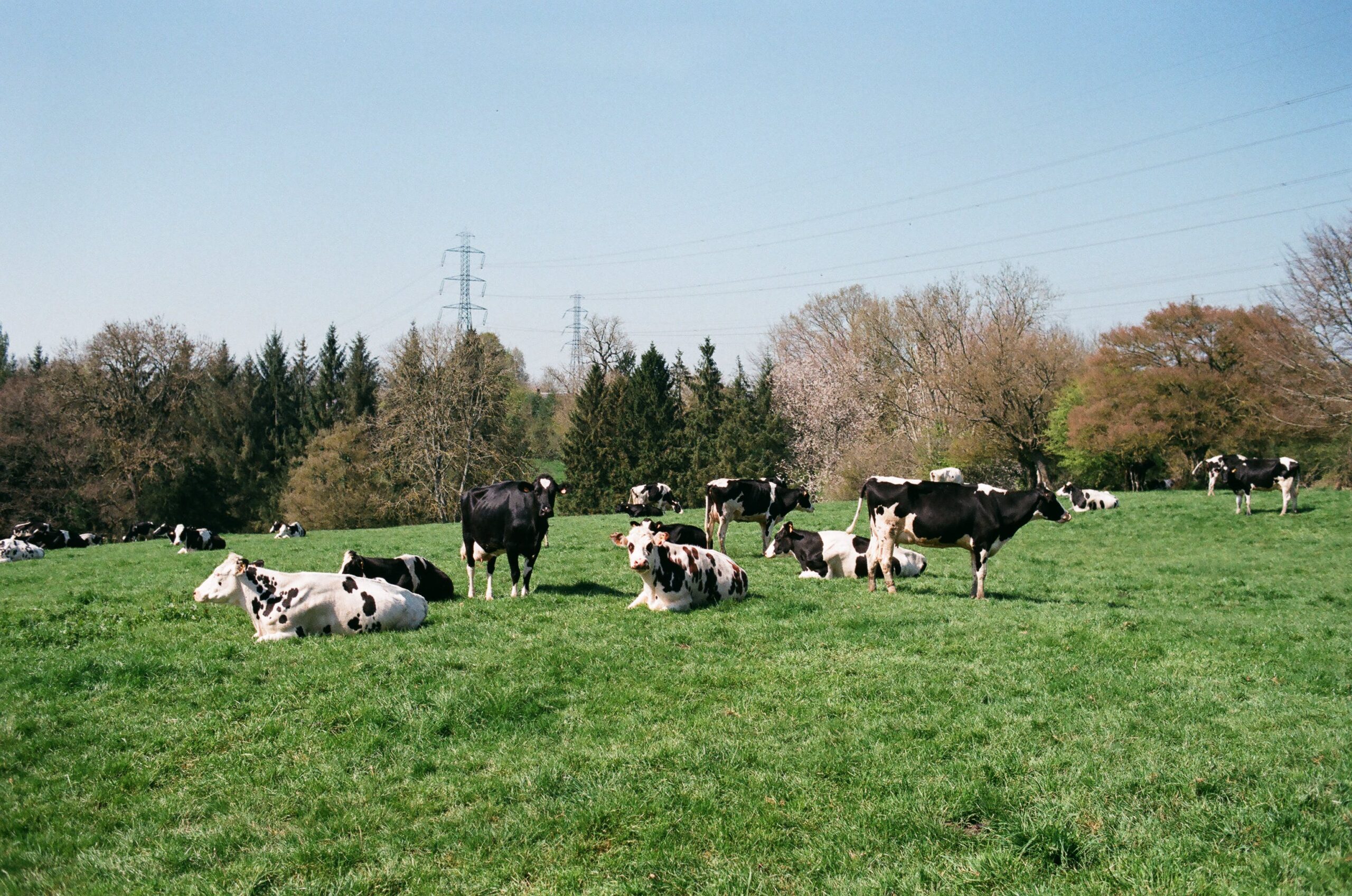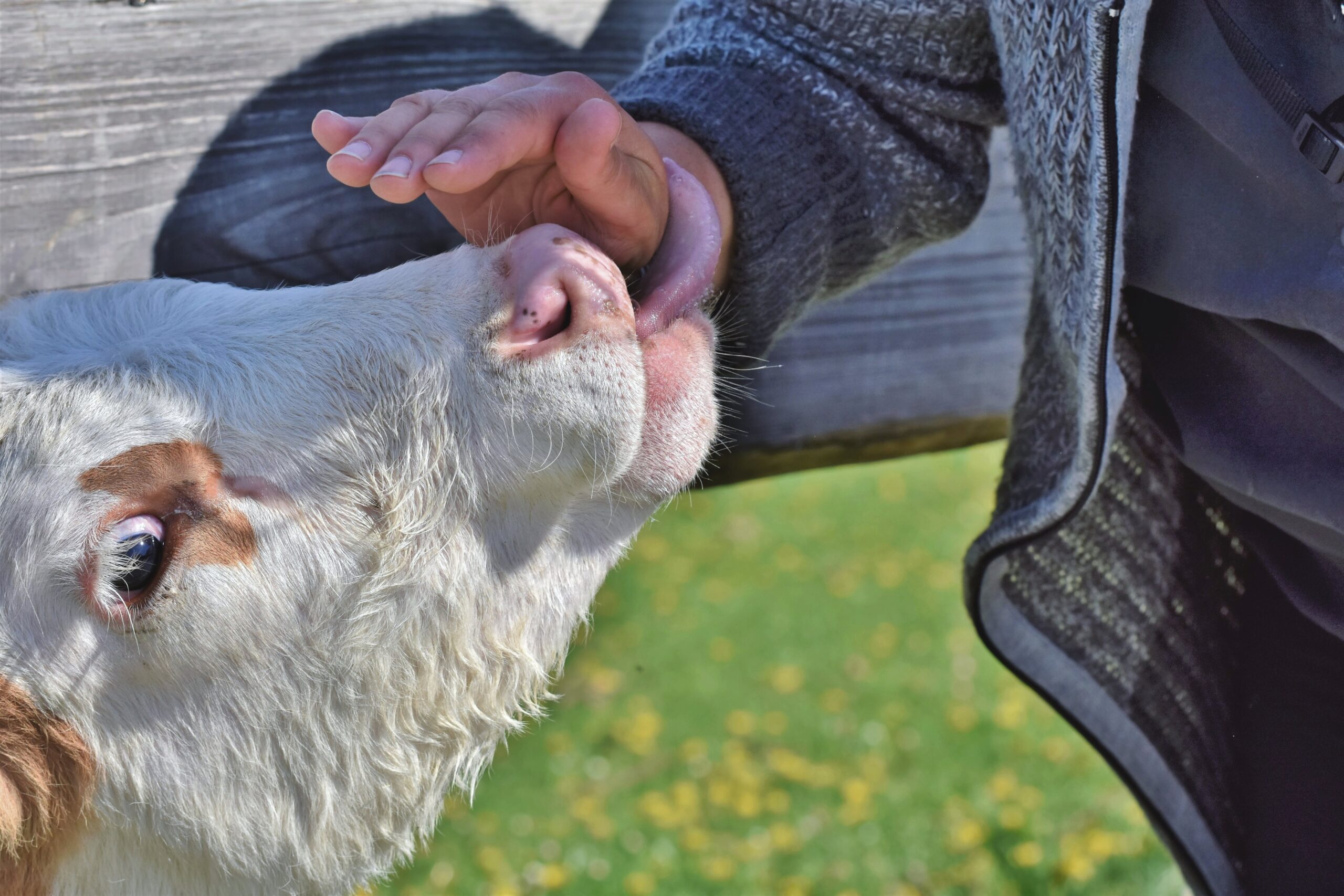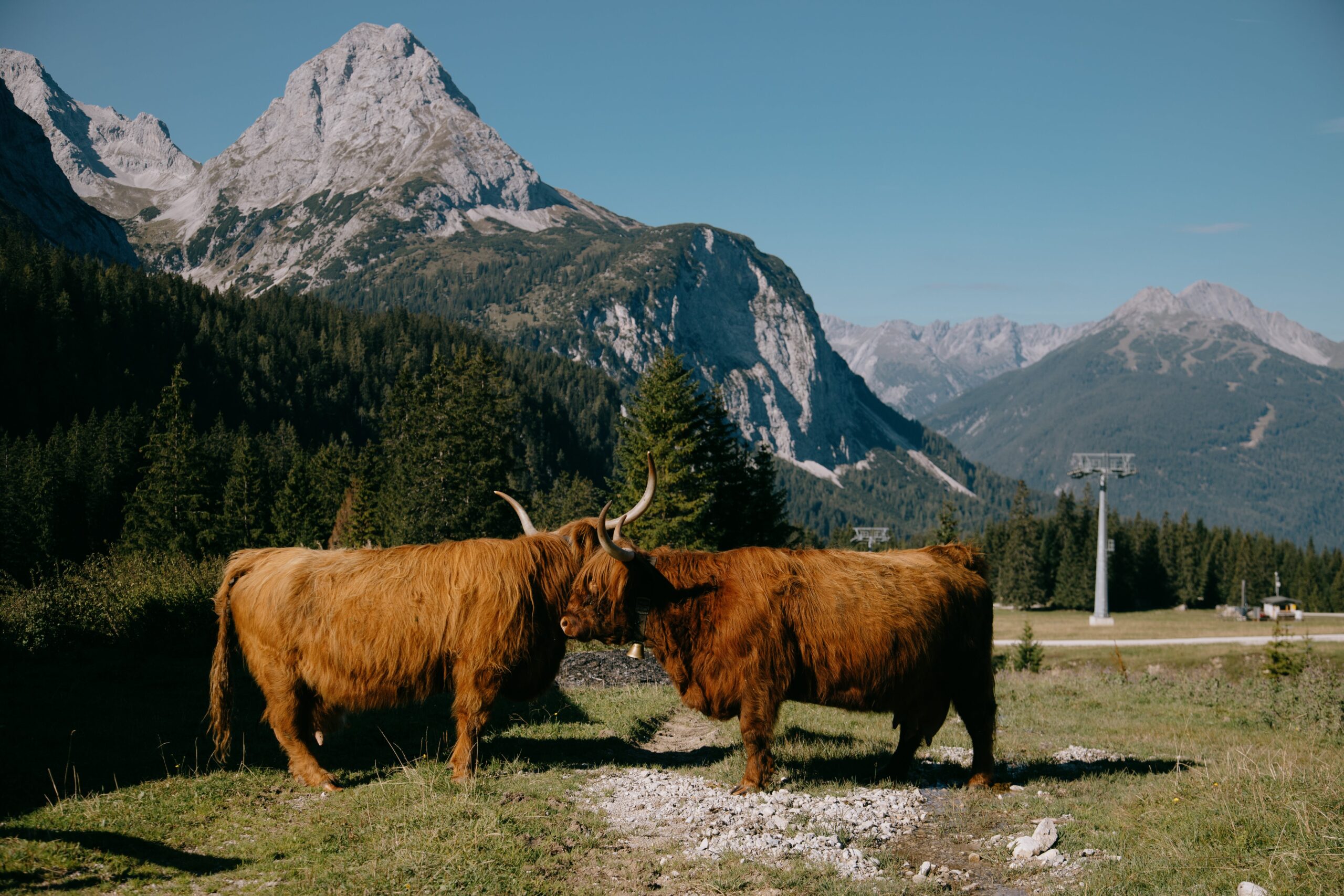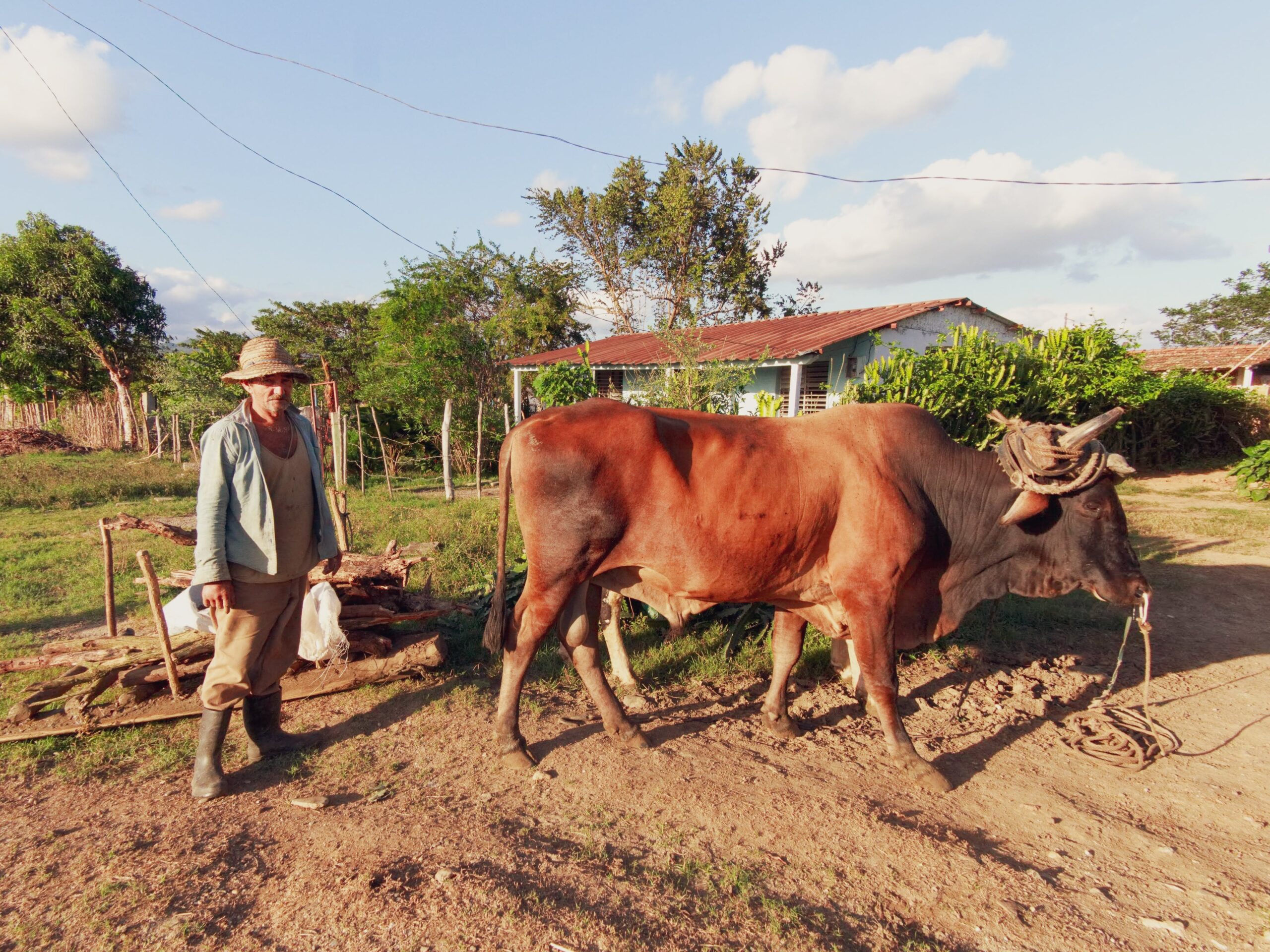Understanding cow breeds is crucial for various reasons in the agriculture sector—whether you are a farmer managing a herd, an animal enthusiast curious about cattle, or a student diving into the world of zoo economics. This comprehensive guide will help you decipher the vast world of cow breeds, each with its intricacies and benefits.
Introduction
The choice of cow breed on a farm dictates much of the operation’s efficiency and productivity. Cow breeds influence milk yield, meat quality, farming costs, and even compatibility with climate conditions. Hence, knowing the strengths and weaknesses of each can dramatically bolster the profitability and sustainability of a livestock enterprise.
Overview of Cow Breeds
Cow breeds are categorically divided based on the purpose. They are primarily used for dairy, beef, and dual-purpose breeds.
Dairy Breeds
Dairy breeds are prized for their high milk production capacity. They are typically leaner with udder conformation optimized for lactation.
Beef Breeds
Beef breeds are raised mainly for meat production and are known for their muscle development and rapid weight gain.
Dual-Purpose Breeds
Dual-purpose breeds can be milked and used for meat, providing farmers with more flexible options.
Key Characteristics and Advantages
Each breed has its advantages, and understanding these can help farmers tailor their choices to their specific needs.
- Milk production potential: Some dairy breeds can produce large quantities of milk, vital for commercial dairy operations.
- Meat quality and yield: Beef breeds often have a more significant potential for meat of high commercial value.
- Adaptability to different climates: Certain breeds thrive in specific environmental conditions better than others.
- Health and disease resistance: Health issues can impact productivity, making natural resilience a prized trait.
Popular Cow Breeds
Here’s a closer look at some of the most prevalent cow breeds in the industry:
Holstein
Widely recognized for their distinctive black-and-white patterns, Holstein cows lead milk production in volume and efficiency.
Angus
Angus cattle are beef breeds known for their ability to produce high-quality marbling in meat—a delicacy in the beef industry.
Jersey
Smaller than Holsteins, Jersey cows are renowned for milk with higher butterfat content, which is ideal for cheese-making.
Hereford
A beef breed with a gentle disposition, Hereford cows have reasonable fertility rates and efficient feed conversion ratios.
Brown Swiss
An ancient dairy breed that is versatile and robust, Brown Swiss cows provide milk that is ideal for various dairy products.
Considerations for Breed Selection
When considering what breed to raise, it’s essential to think about:
- Farm goals and objectives: Different breeds will lend themselves to specific farm targets, such as premium meat production or high-volume dairy operations.
- Available resources and infrastructure: Some cow breeds require more space or specific housing conditions.
- Market demand and preferences: What are consumers in your area looking for? Organic milk, grass-fed beef, artisan cheeses?
Breeding and Genetics
Selective breeding and genetics play a vital role in improving herd production. Genetics may influence a cow’s resistance to certain diseases, life span, and productivity levels. Understanding and managing genetic diversity can lead to substantial gains in a livestock operation.
Conclusion
The success in livestock farming hinges on many factors, and choosing the right cow breed is pivotal. Use this guide as a starting point, and explore deeper by engaging with local breeders, agricultural extension programs, and other farmers.
Case Studies and Success Stories
Real-world examples display the principles outlined in this guide:
- Dairy Upgrade: A US farmer enhanced milk quality and reduced costs by switching from Holstein to Jersey cows.
- Beef Excellence: An Angus breeder in the UK taps into the premium beef market by emphasizing the breed’s superior marbling.
- Comparison: Hereford and Charolais beef farms demonstrated the former’s lower feed costs and the latter’s higher meat yield in responding to market demands.
Whether you aim to start a new livestock farming venture or are looking to optimize your current operation, knowledge of cow breeds and their unique traits is an investment that will yield tangible returns. Embrace the diversity of breeds and find the right fit for your farm’s vision and resources.






